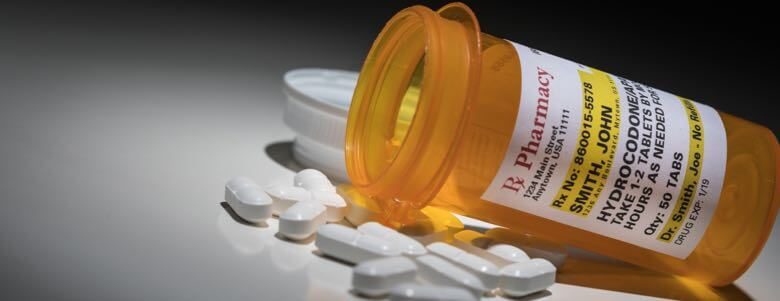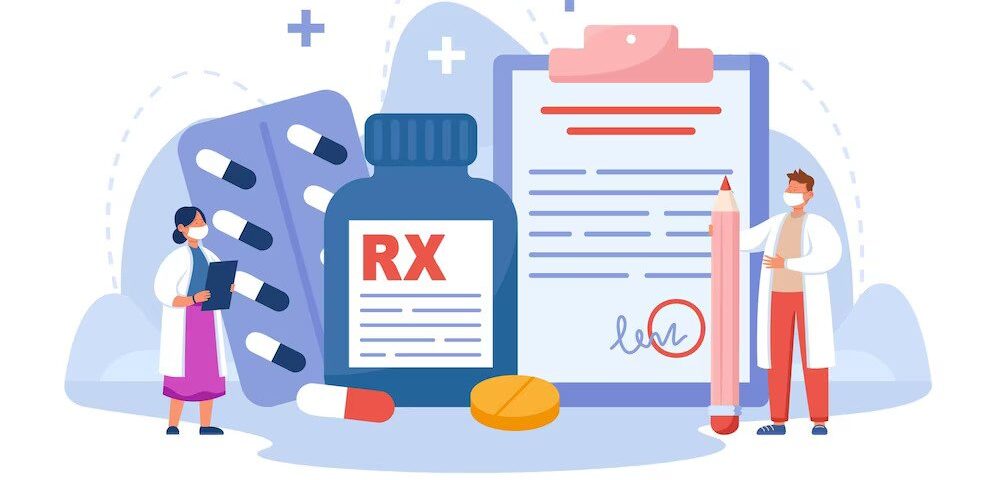How Prescription Drug Costs Are Rising: Causes and Solutions
- 1 Causes of Rising Prescription Drug Costs
- 1.1 The Role of Pharmaceutical Companies in Drug Pricing
- 1.2 The Impact of Government Regulations and Policies
- 1.3 The Influence of Insurance Companies and Pharmacy
- 1.4 The Role of Research and Development Costs
- 2 Consequences of High Prescription Drug Costs
- 2.1 The Impact on Patients and Their Families
- 2.2 The Effects on the Healthcare System as a Whole
- 2.3 The Economic Impact
- 3 Solutions to Address Rising Prescription Drug Costs
Prescription drug costs in the United States have been on the rise, posing a significant challenge for millions of individuals in need of medications. The average annual cost of prescription drug treatment was over $18,000 per person in 2019, according to the Kaiser Family Foundation.
This issue affects patients, healthcare providers, and policymakers, contributing to the rising healthcare costs in the country. In this article, we will examine the causes and consequences of high prescription drug costs and explore potential solutions to address this problem. By understanding the impact of prescription drug costs, we can work towards finding effective solutions to improve access to medications and reduce healthcare costs.
Causes of Rising Prescription Drug Costs
Several factors contribute to the rising costs of prescription drugs in the United States. Here are some of the key causes:
The Role of Pharmaceutical Companies in Drug Pricing
Pharmaceutical companies play a significant role in determining the price of prescription drugs, this also affects the price of diabetes medication. They invest heavily in research and development, and they argue that the high cost of developing new drugs justifies the high price tags. However, some critics argue that pharmaceutical companies are more focused on profits than on providing affordable medications to patients.
The Impact of Government Regulations and Policies
Government regulations and policies also play a role in drug pricing. For example, the government grants patents to pharmaceutical companies, giving them a monopoly on their products for a period of time. This allows them to set high prices for their drugs without competition from generic versions. Additionally, Medicare, the largest purchaser of prescription drugs in the United States, is not allowed to negotiate prices with pharmaceutical companies.
The Influence of Insurance Companies and Pharmacy
Insurance companies and pharmacy benefit managers (PBMs) negotiate prices with pharmaceutical companies on behalf of patients. However, critics argue that these negotiations often result in higher prices for patients, as insurance companies and PBMs may prioritize profits over affordability.
The Role of Research and Development Costs
The cost of research and development (R&D) is another major factor in drug pricing. Developing a new drug is a complex and expensive process, and the costs associated with R&D are often passed on to patients in the form of higher prices.
The causes of rising prescription drug costs are multifaceted and involve the pharmaceutical industry, government regulations and policies, insurance companies and PBMs, and the cost of R&D. Understanding these factors is crucial to developing effective solutions to address the issue of high drug costs.
Consequences of High Prescription Drug Costs
The rising costs of prescription drugs have far-reaching consequences that affect individuals, the healthcare system, and the economy as a whole. Here are some of the key consequences:
The Impact on Patients and Their Families
High prescription drug costs can have a significant impact on patients and their families. Many individuals with chronic conditions require long-term medication, and the high cost of these drugs can lead to financial hardship. Patients may be forced to choose between paying for medications and meeting other essential needs, such as housing or food. Additionally, some patients may forgo necessary medications altogether due to cost, which can lead to worsened health outcomes.
The Effects on the Healthcare System as a Whole
The high cost of prescription drugs also affects the healthcare system as a whole. The cost of medications is a significant factor in the rising healthcare costs in the United States. When patients cannot afford their medications, they may require more expensive medical interventions, such as hospitalizations or emergency department visits. Additionally, high drug costs can strain the budgets of healthcare providers and insurers, making it more difficult for them to provide affordable care to their patients.
The Economic Impact
The economic impact of high prescription drug costs is also significant. The cost of medications can lead to reduced productivity and increased absenteeism among workers who cannot afford necessary treatments. Additionally, high drug costs can lead to increased healthcare spending by the government, which can strain budgets at the federal and state levels.
The consequences of high prescription drug costs are numerous and far-reaching, affecting patients and their families, the healthcare system, and the economy as a whole. Addressing this issue is crucial to improving access to necessary medications and reducing healthcare costs in the United States.
Solutions to Address Rising Prescription Drug Costs
While the issue of high prescription drug costs is complex, there are several potential solutions that could help address the problem. Here are some of the key solutions:
Options for Policy Changes at the Federal and State Levels
There are several policy changes that could be implemented at the federal and state levels to address high prescription drug costs. For example, the government could allow Medicare to negotiate drug prices with pharmaceutical companies, which would help lower costs for patients. Additionally, policymakers could implement price controls or caps on drug prices to ensure that medications remain affordable for all individuals.
Solutions to Increase Competition and Transparency
Increasing competition and transparency in the pharmaceutical industry could also help lower drug costs. For example, policymakers could encourage the development of generic versions of drugs to provide more affordable options for patients. Additionally, increasing transparency around drug pricing and research and development costs could help patients better understand why drugs are priced the way they are.
Strategies to Improve Drug Pricing Negotiation and Regulation
Improving drug pricing negotiation and regulation could also help lower costs for patients. For example, policymakers could require pharmaceutical companies to disclose their prices to insurance companies and PBMs, which would help these entities negotiate better prices on behalf of patients. Additionally, policies could be implemented to increase price transparency and ensure that patients are not overcharged for their medications.
Suggestions for Patients to Manage Their Prescription Drug Costs
There are also several steps that patients can take to manage their prescription drug costs. For example, patients can ask their healthcare providers for lower-cost medication options or for samples of medications to try before committing to a full prescription. Additionally, patients can shop around for the best prices on their medications by using online price comparison tools or by checking with multiple pharmacies.
Conclusion
High prescription drug costs have significant impacts on individuals, healthcare, and the economy. Solutions to lower drug costs and improve access to necessary medications include policy changes, increasing transparency and competition in the pharmaceutical industry, and improving drug pricing negotiation and regulation. Patients can manage their costs by asking for lower-cost options and shopping around for better prices. Collaboration among policymakers, healthcare providers, and patients is necessary to address this issue and ensure access to affordable medications.



















